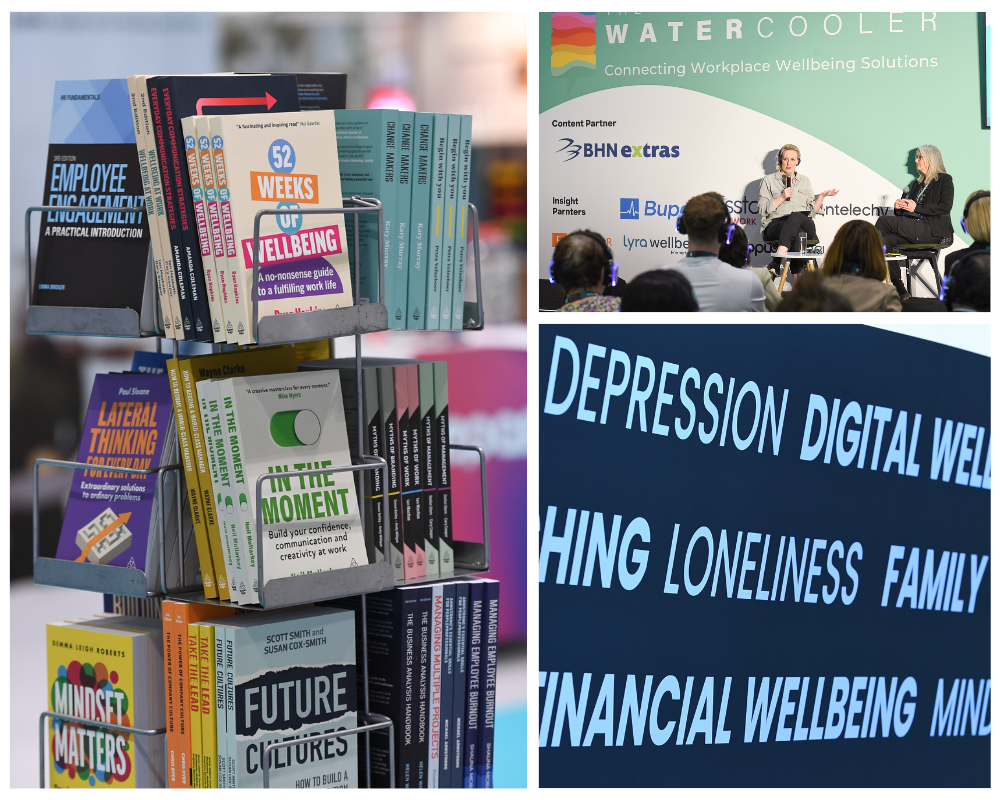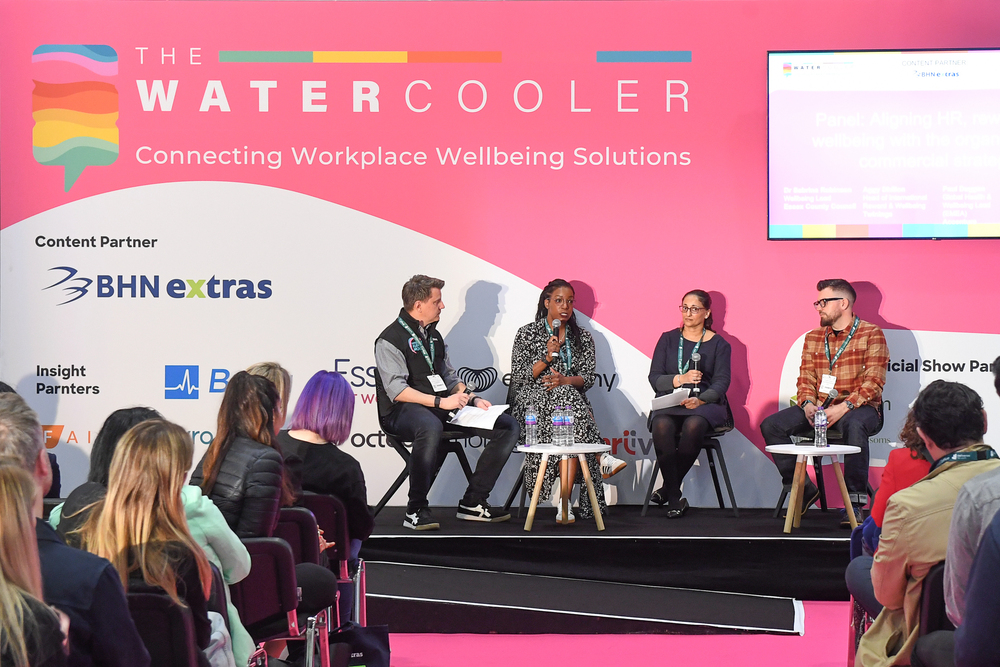Over 17 million working days were lost to stress, depression, or anxiety in 2023 according to the UK Health and Safety Executive, representing 13% of all sickness absence. With projected costs of mental health to employers rising to £56 billion (Deloitte, 2022), there is an urgent need to look at how employees are supported to return to, stay in and thrive in work following mental health-related sickness absence.
Efforts to manage absence typically place a focus on sick leave and the transition back to work. But what happens in the months that follow? Research has found up to 20% of returners relapse in the first seven years after the first period of sickness absence and more than 75% relapse over a ten-year period. Putting in place processes and practices to support employees and reduce the chance of relapse and exit makes good business sense. Research by the University of Sheffield and Affinity Health at Work provides insights into how employers can better support returning employees.
Take an IGLOO approach to promote sustainable return to work
The team gathered in depth insights from 40 workers who had returned after long-term sickness absence, 20 line managers with experience of managing returning workers and roundtable discussions with Human Resources and Occupational Health professionals. The findings resulted in the IGLOO framework for sustainable return to work. The framework specifies the resources that need to be in place to sustain work: Individual, work Group, Line manager, Organisational and Outside the organisation. These resources can act as a ‘protective shield’. When in place, the returning employee can thrive; when they are absent the returning employee is likely to struggle, experience relapse and exit the organisation.
Five recommendations on how best to support workers who return to work after long-term sick leave due to common mental disorders
1. Recommendations for returned workers
Returned workers can make small adjustments to how they see their job (also known as cognitive job crafting), how they work with others (relational job crafting) and how they do their job (task job crafting). Examples of cognitive job crafting is to change how important work is and develop hobbies outside work. Examples of relational job crafting may be creating boundaries between oneself and others, working from home, choosing to work in physical spaces where colleagues cannot disturb them or restricting the number of meetings they participate in to avoid feeling overwhelmed. Examples of task crafting include taking breaks between tasks to clear your head, creating an overview of which tasks to complete and prioritise the most important tasks and creating a clear demarcation between work and private life and not bring home work.
2. Recommendations for returned workers’ colleagues
Colleagues play a key role in helping the returned workers readjust to work and feel welcome. Colleagues can provide both emotional and practical social support. Examples of emotional support include making the retuned worker feel welcome by meeting them at the office door or arranging to take breaks together. Examples of practical support include shadowing on challenging tasks. Procedures and new systems may have changed while workers have been on sick leave and colleagues can help returned workers by providing on-the-job training on changes to procedures and systems.
3. Recommendations for returned workers’ line managers
It is often the responsibility of the line manager to agree work adjustments when workers return to work. Many returned workers experience reduced work functioning, even after remission of common mental disorders, and may not be able to work at their previous capacity. Needs may change over time, and what works for one person may not work for the next – a test and learn approach is needed. Reviewing work adjustments regularly to see if changes are needed can be helpful. Work adjustments may concern spatial, temporal or task flexibility. Examples of spatial flexibility include opportunities to work from home or in other uninterrupted spaces. Examples of temporal flexibility include time off to attend appointments, flexibly working hours or reducing the numbers of hours worked. Examples of task flexibility taking on former responsibilities at a pace the returned worker feels comfortable with.
4. Recommendations for organisational policies and practices
Reviewing return to work policies and practices to ensure that they are flexible and promote an individualised approach to return to work is vital. An integrated approach whereby, services provided by Occupational Health, Human Resources and Employee Assistance Programmes work together and professionals take a shared approach to provide support is vital. Access should be provided to counselling and therapy, either inside or outside the organisation, with work-focused approaches being offered alongside therapeutic support.
5. Recommendations at the societal level
How the media and national policies portray common mental disorders influence what organisations, line managers and colleagues do to support their returned workers – great strides have been made but while stigma exists, returning workers face a hidden battle. Even today, it is not uncommon to hear that someone ‘should just pull themselves together’. We all play a key role in reducing the stigma associated with common mental disorders. Being conscious of the language we use and creating environments where experiences can be shared all contribute to shifting the narrative.
To read more about the research: Nielsen, K., & Yarker, J. (2024). Thrivers, survivors or exiteers: A longitudinal, interpretative phenomenological analysis of the post‐return‐to‐work journeys for workers with common mental disorders. Applied Psychology, 73(1), 267-295. https://iaap-journals.onlinelibrary.wiley.com/doi/pdf/10.1111/apps.12479
Or see our IGLOO guidance for returning employees, colleagues, managers, human resource professionals
About the authors:
Professor Karina Nielsen is Professor of Work Psychology at the University of Sheffield and adjunct professor at Griffiths University, Australia. She specialises in creating healthy workplaces where workers can thrive. Professor Nielsen has published more than 150 papers in high impact peer-reviewed papers and won multiple awards for her research. She has a particular passion for developing, implementing, and evaluating evidence-based methods to promote worker health and wellbeing.
Professor Jo Yarker is a Professor of Occupational Psychology at Birkbeck, University of London and Managing Partner of Affinity, a research and consultancy organisation specialising in health at work. Jo’s award-winning work is focused on understanding what we can do to foster fulfilling, healthy and productive work, particularly under times of challenge. Jo has developed a range of evidence-based solutions to equip employees, employers and policy makers with the insights, knowledge and skills to improve working lives.
You might also like:

















